10 Facts You Didn’t Know About Anthony van Dyck
Anthony van Dyck, a Flemish Baroque painter of remarkable skill, left an indelible mark on art history. His signature style of refined portraits and...
Jimena Aullet 24 October 2024
You probably are familiar with the names of the famous painters from the Netherlands like Rembrandt, Bosch, Vermeer… But have you heard of Joachim Patinir, Jan Gossaer, or Maerten van Heemskerck? If not, have a read to find out whether they can be considered among the Dutch Old Masters.
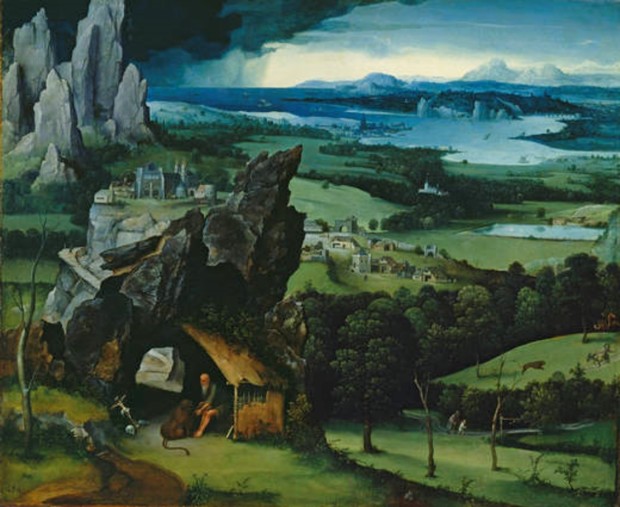
Joachim Patinir (Patenier) (c. 1480-1523/1524) was probably born in Dinant, near Namur in modern Belgium. He was a landscape painter and it is thought that a cliff above Dinant may have inspired some of the rocky outcrops in his art.
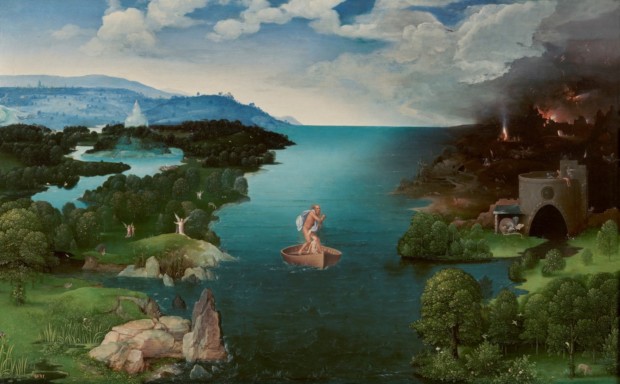
Netherlandish painting in the 16th century witnessed a number of changes, one of which was the development of the landscape as a subject in painting, a genre in its own right. We see it in the work of Patinir, whose focus on a landscape is clear: he often included an aerial perspective to show outlandish rock formations. Figures were not his forte and thus he often asked colleagues to paint the figures, the so-called staffage (here the old man is an example of this practice).
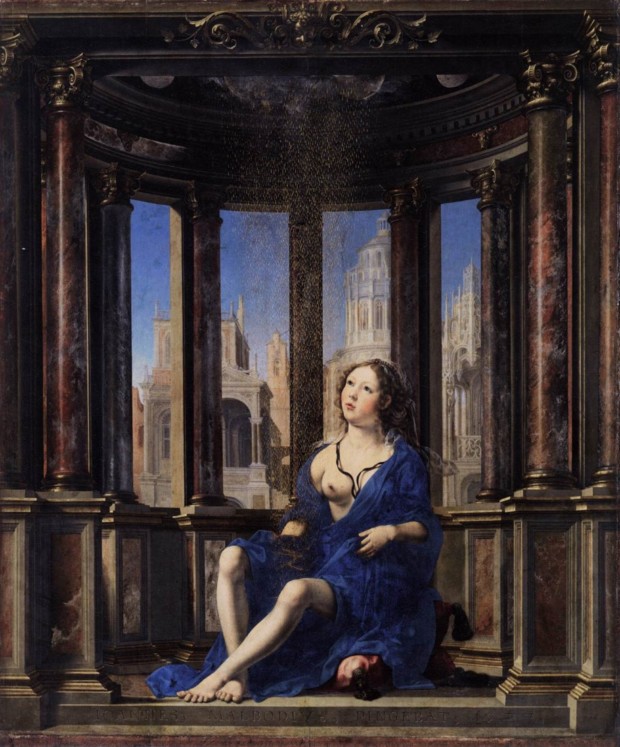
Jan Gossaert (also known as Jan Mabuse) was a ‘Romanist,’ i.e. a Netherlandish painter who modeled his work on Italian art. He began his career in Antwerp, but in 1508 he traveled to Rome to study classical and Renaissance art and architecture, which consequently had an enormous impact on his painting. We can see this in his incorporation of marble and architectural elements, or the representation of the human form in a Mannerist style. Nonetheless, his portraits look very Northern, which makes them a fusion of both influences.
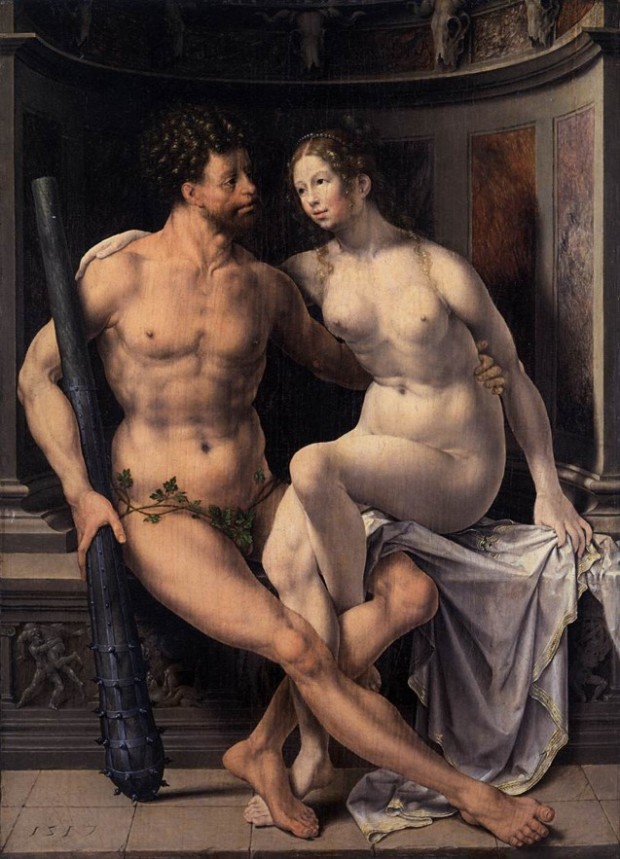
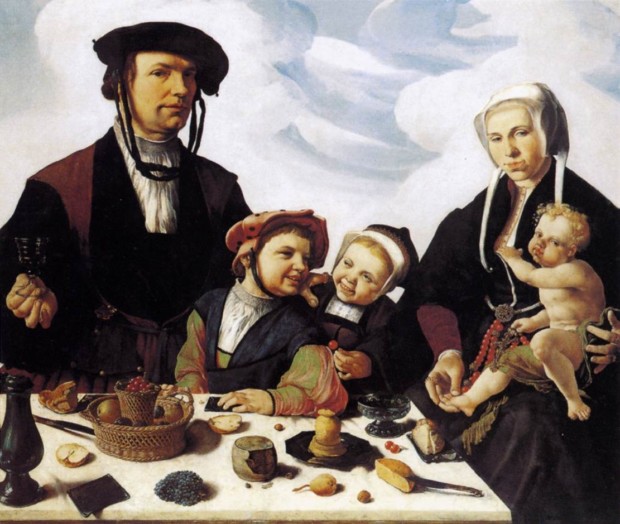
Maerten van Heemskerck was a Northern Netherlandish painter and an assistant of the slightly older and widely traveled Haarlem painter Jan van Scorel (1495-1562). Van Heemskerck also traveled to Rome and lived there between 1532 and 1536. He studied and sketched the scenery, art and architecture, and ancient ruins, and Italian influence is evident in his paintings. Compare his Italo-Netherlandish fusion with the work of Jan Gossaert, another of Dutch Old Masters.
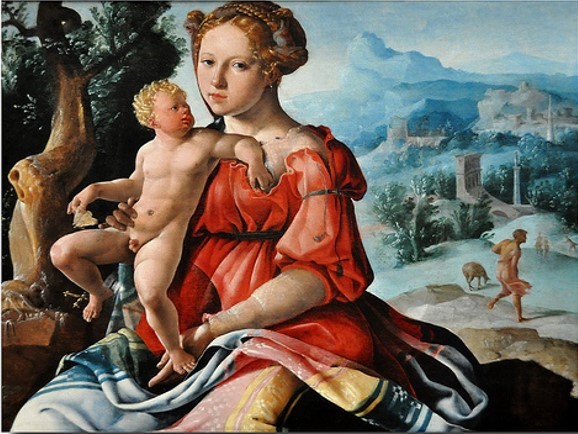
What do you think of these three Dutch Old Masters? Are there any other important Old Masters that you would like to read about in our magazine?
DailyArt Magazine needs your support. Every contribution, however big or small, is very valuable for our future. Thanks to it, we will be able to sustain and grow the Magazine. Thank you for your help!